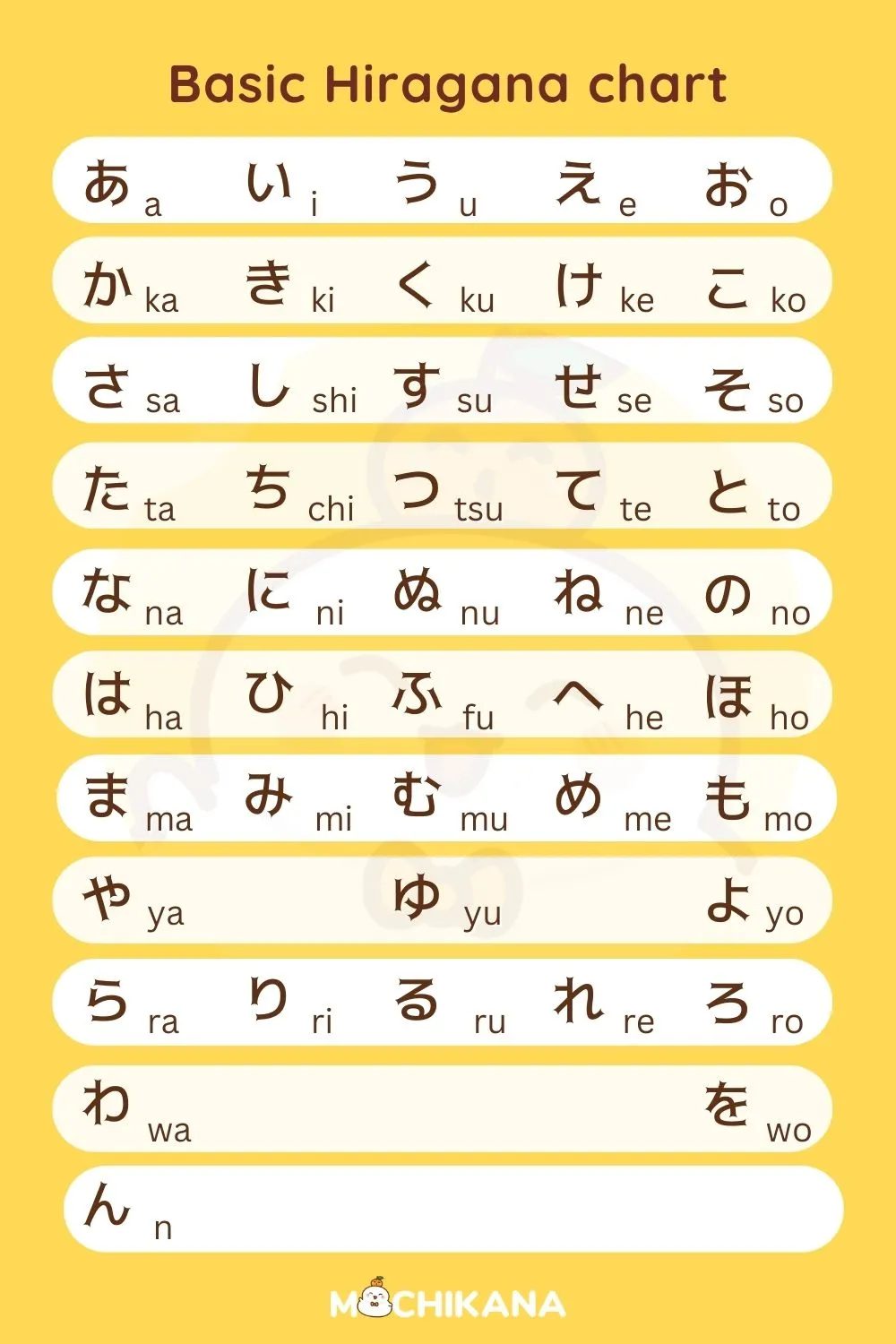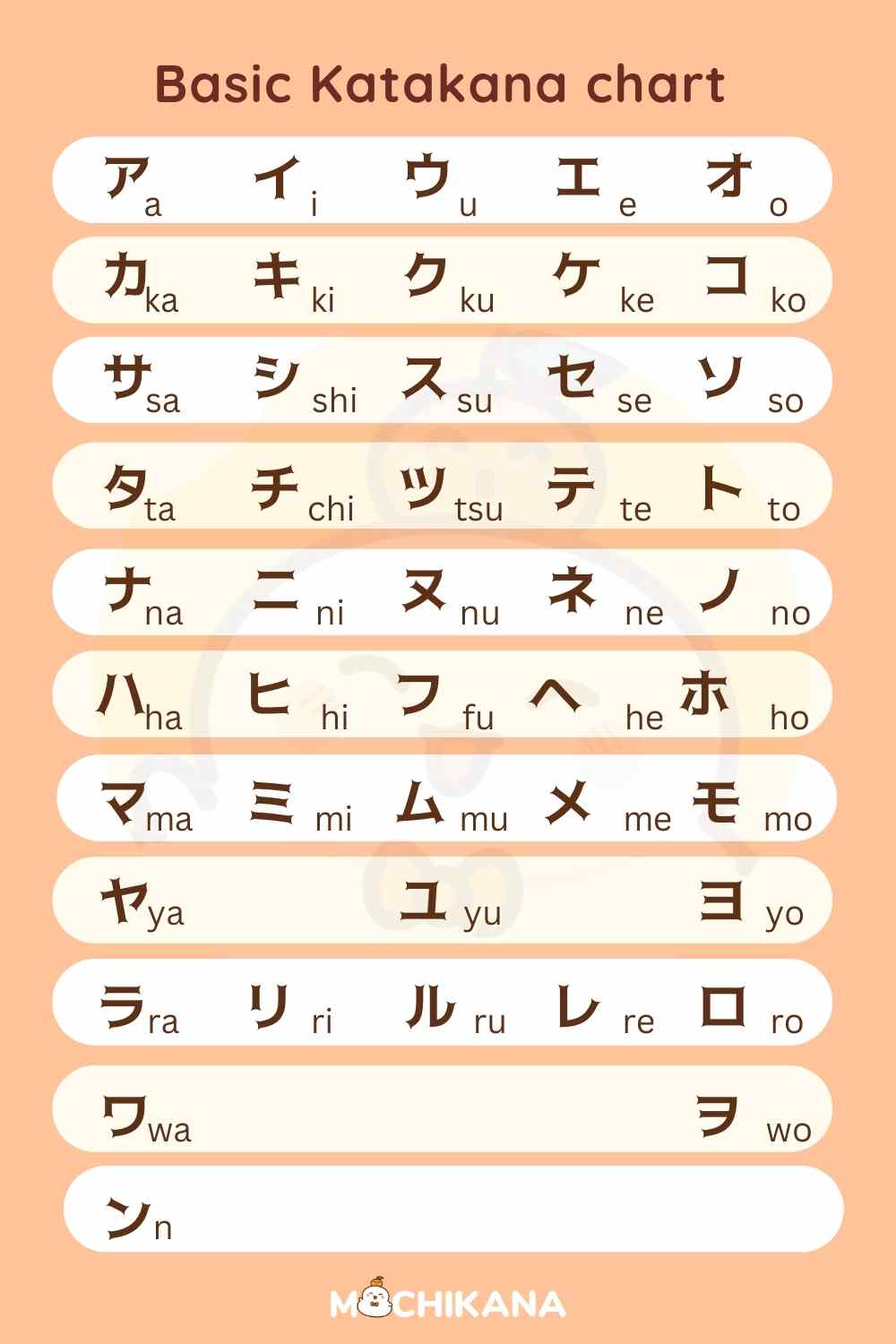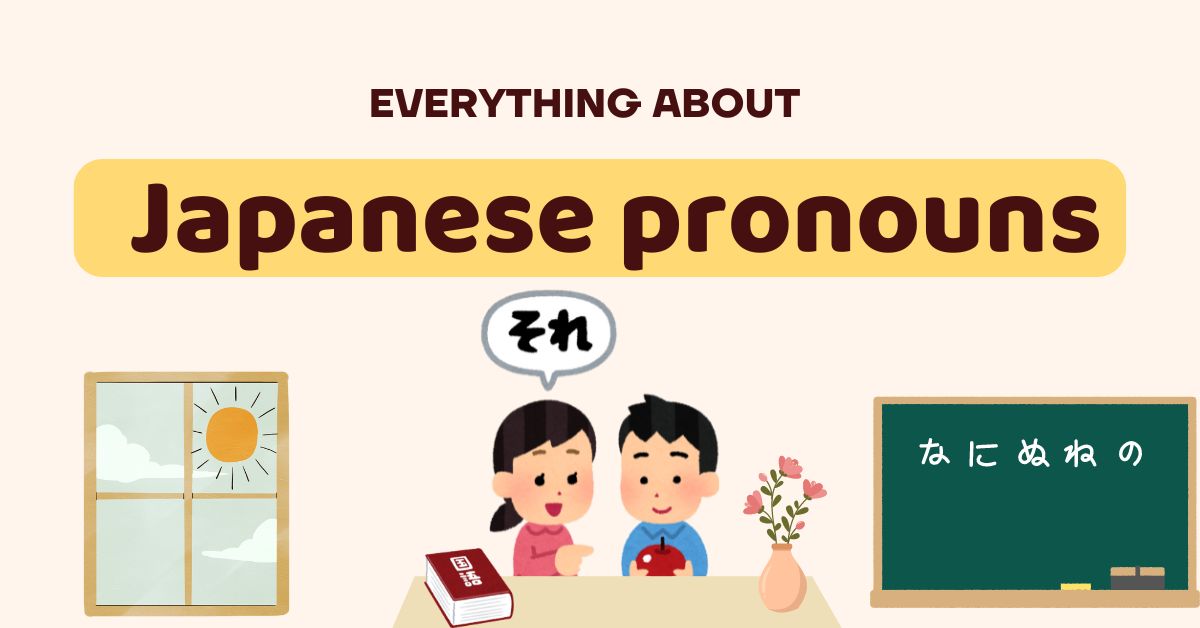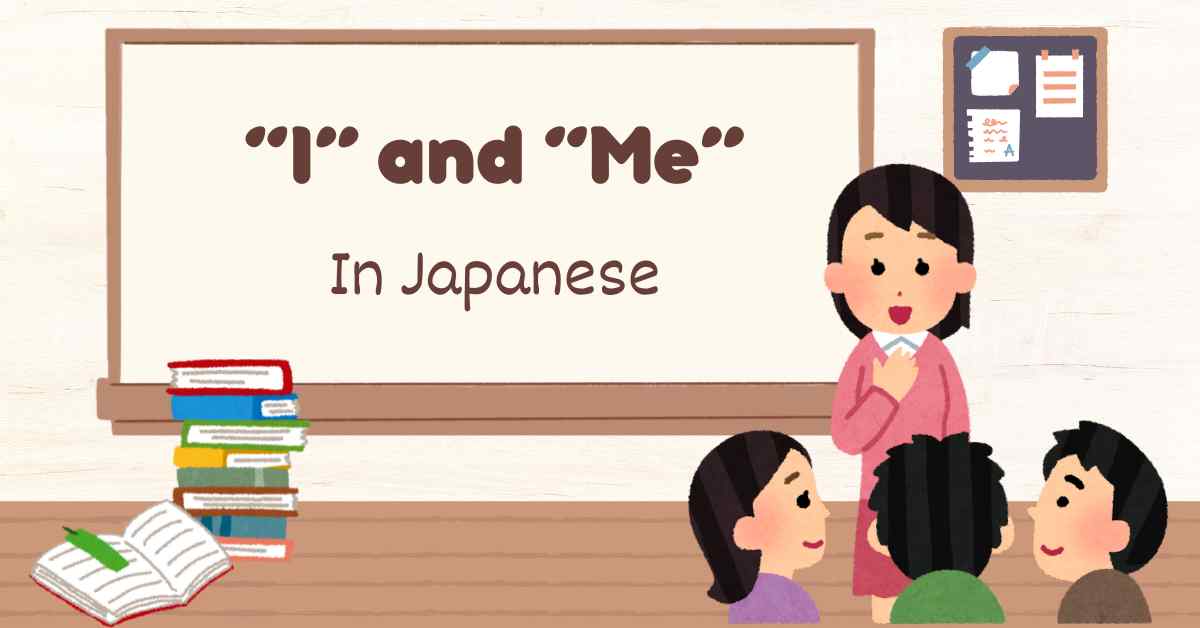Learning Japanese grammar can seem like a daunting task, but with the right approach and resources, it can be a rewarding and enjoyable experience. Whether you’re a complete beginner or looking to refine your skills, this guide will provide you with the essential steps to master Japanese grammar. So let’s dive in!
- Make Sure You Already Know the Alphabet
- Learn with Textbooks and Follow Their Lessons Strictly
- Learn Vocabulary and Kanji Alongside
- Practice, Practice, Practice
- Recommended Method: Spaced Repetition System (SRS)
- Some Facts About the Japanese Grammar System
- FAQs

1. Make Sure You Already Know the Alphabet
Before diving into grammar, it’s crucial to familiarize yourself with the Japanese alphabets: Hiragana, Katakana, and basic Kanji. Understanding these will make learning grammar much easier. A great tool for mastering Hiragana and Katakana is MochiKana, which offers interactive lessons and mnemonics to aid memory retention.
Hiragana and Katakana
- Hiragana is used for native Japanese words and grammatical functions.
- Katakana is used for foreign words and names, as well as for emphasis.
Using MochiKana is an effective way to learn Japanese Kana, as it combines step-by-step lessons with interactive flashcards that include images and sounds. The app’s Golden Time feature helps reinforce memory through timely reviews, making it easier to retain what you’ve learned. It’s a convenient tool for anyone looking to master Hiragana and Katakana efficiently.
Kanji
- Kanji are Chinese characters adopted into the Japanese language. They are used to represent words or parts of words. Learning Kanji is essential, but it takes time, so start with the basics and gradually build your knowledge.
2. Learn Japanese grammar with Textbooks
Using a structured textbook is one of the best ways to learn Japanese grammar. Textbooks provide systematic lessons, exercises, and examples to help you understand and apply grammar rules.
Genki I & II are highly recommended for beginners. They cover essential grammar points, and vocabulary, and provide plenty of exercises. Stick to the order and exercises provided in the textbook, and regularly revisit previous lessons to reinforce your understanding.
Besides Genki there are some more titles that Japanese beginners would need to take a look at:
Recommended Textbooks:
- Ganki: This is a popular choice among beginners. It covers all the basics and provides plenty of exercises.
- Minna no Nihongo: Another excellent series, especially good for those who prefer to learn in Japanese from the start.
- Japanese for Busy People: Great for those who need a more practical approach to learning Japanese.
Follow the lessons in these textbooks strictly. They are designed to build your knowledge step by step, ensuring you understand the foundational concepts before moving on to more complex topics.
3. Learn Vocabulary and Kanji Alongside
Learning Japanese grammar goes hand in hand with building your vocabulary and Kanji knowledge.
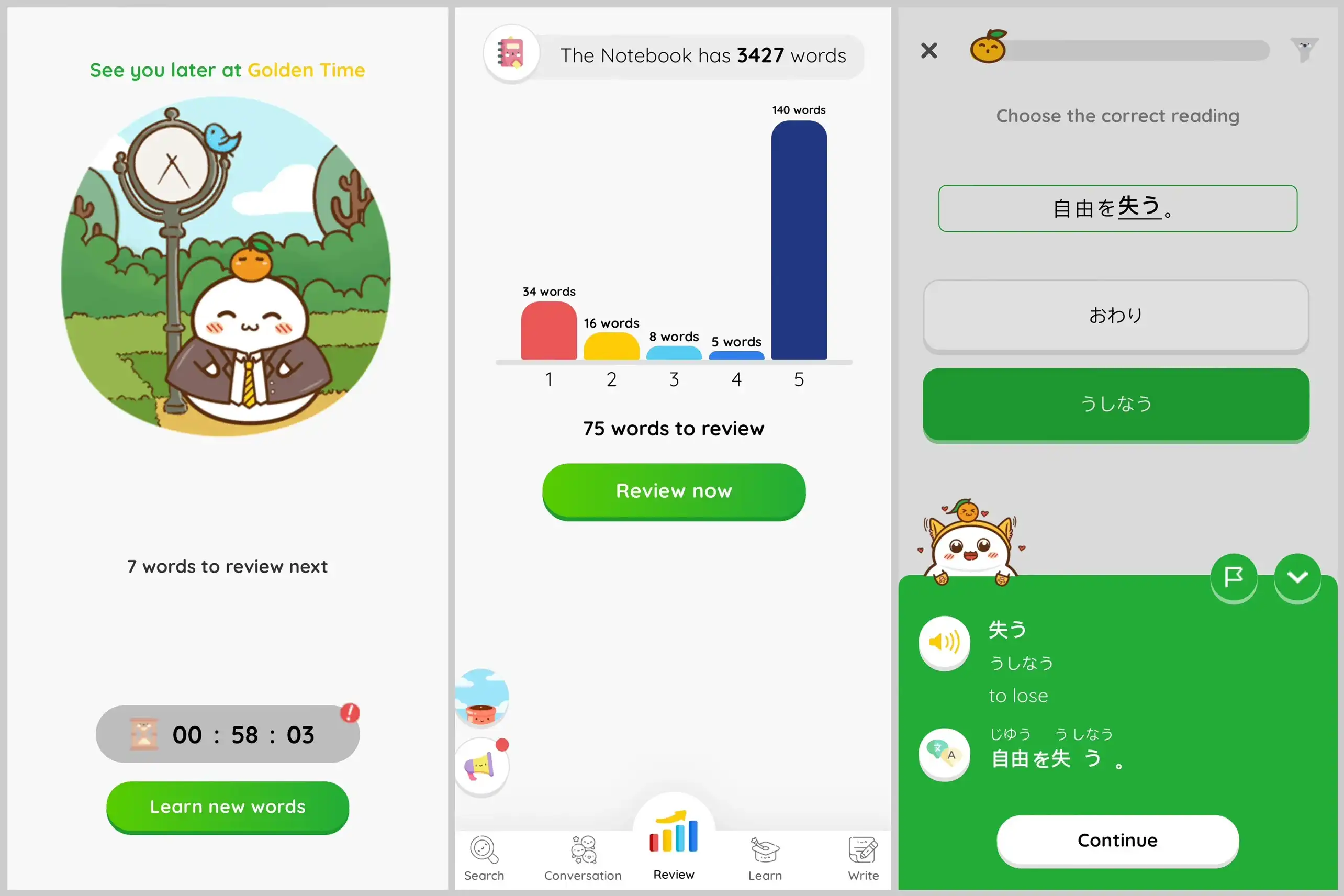
MochiKanji is perfect for learning Kanji and vocabulary, using a spaced repetition system (SRS) to ensure long-term retention. Integrate your learning by applying new grammar rules to practice sentences using the vocabulary and Kanji you learn. Regularly review vocabulary and Kanji with flashcards to reinforce memory.
Learning Vocabulary:
- Use flashcards to memorize new words.
- Group words by themes (e.g., food, travel, family) to make them easier to remember.
Learning Kanji:
- Start with the most common Kanji used in everyday life.
- Practice writing them regularly to reinforce memory.
4. Practice, Practice, Practice
Practicing writing and taking notes are powerful methods for enhancing your understanding of Japanese grammar. Writing forces you to actively use grammar rules, structure sentences correctly, and choose appropriate vocabulary, which helps reinforce your learning. By regularly writing essays, journal entries, or simple sentences, you improve your ability to recall and apply grammatical concepts.
Additionally, taking notes while studying allows you to organize and review grammar points systematically. This habit helps consolidate your knowledge and makes it easier to revisit and reinforce key concepts, leading to a deeper and more lasting understanding of Japanese grammar.
Note Them Down and Practice Writing Regularly
Keep a grammar journal where you write down new grammar points and practice forming sentences. Try writing short essays or diary entries using new grammar rules.
Practice Listening
Practicing listening can significantly enhance your understanding of Japanese grammar by exposing you to the language in its natural context.
Listening to native speakers in podcasts, anime, and movies helps you internalize sentence structures, conjugations, and the use of particles. This immersive experience allows you to hear grammar rules in action, reinforcing theoretical knowledge with practical examples.
As you become more familiar with the rhythm and flow of the language, you’ll start recognizing grammatical patterns instinctively, making it easier to apply these rules when speaking and writing. Here are some recommendations:
- Podcasts: Try “JapanesePod101” for lessons that cover grammar and vocabulary in context.
- Anime and Movies: Watching anime and movies can be both fun and educational. Try watching with subtitles at first, and then challenge yourself to watch without them.
- Kaiwa: Engage in conversation practice with native speakers through language exchange apps like HelloTalk or Tandem.
Practice Speaking and Forming Sentences Yourself
Practicing speaking is crucial for reinforcing your understanding of Japanese grammar because it requires active use of grammatical structures. When you speak, you must quickly recall and apply grammar rules to construct sentences, which helps solidify your knowledge.
Engaging in conversations with native speakers or language partners on platforms like HelloTalk or Italki allows you to receive immediate feedback and corrections, helping you identify and correct mistakes. Over time, this active practice builds your confidence and fluency, enabling you to use Japanese grammar more accurately and naturally in real-life situations.
5. Recommended Method: Spaced Repetition System (SRS)
One of the most effective methods for retaining grammar, vocabulary, and Kanji is the Spaced Repetition System (SRS). Apps like MochiKana use SRS to help you review material at optimal intervals, improving long-term retention.
How SRS Works:
- You review new information more frequently at first.
- Over time, the intervals between reviews increase as your memory of the information strengthens.
6. Some Facts About the Japanese Grammar System
Understanding a few basic facts about Japanese grammar can make your learning process smoother:
- Subject-Object-Verb (SOV) Order: Unlike English, which uses Subject-Verb-Object (SVO) order, Japanese sentences typically follow a Subject-Object-Verb structure. For example, “I eat sushi” in Japanese is “I sushi eat” (私は寿司を食べます).
- Particles: Japanese uses particles to indicate the grammatical function of words in a sentence. Common particles include は (wa), が (ga), を (wo), and で (de).
- Verb Conjugations: Japanese verbs change form based on tense, mood, and politeness level. Understanding the basic conjugations is crucial for proper communication.
- Politeness Levels: Japanese has different levels of politeness, which can affect verb forms and word choices. Learning when and how to use polite language is an essential part of mastering Japanese grammar.
Learning Japanese grammar may seem challenging at first, but with dedication, the right resources, and consistent practice, you can make significant progress. Start with the basics, build your vocabulary and Kanji knowledge, and immerse yourself in the language through listening and speaking practice. Don’t forget to leverage tools like textbooks and SRS apps to enhance your learning experience. Happy studying, and がんばって (ganbatte) – good luck!
FAQs
What is the basic Japanese grammar?
Basic Japanese grammar consists of sentence structures like Subject-Object-Verb (SOV) order, where the verb comes at the end of the sentence. It includes particles like は (wa), が (ga), を (wo), which mark the subject, object, and other parts of the sentence. Common verb forms are plain (dictionary) form, polite form (ます, です), and various conjugations to express tense and mood.
Is Japanese grammar hard or easy?
Japanese grammar can be challenging for beginners, especially for those unfamiliar with its structure and particles. The sentence order is different from English, and there are various levels of politeness. However, the rules are generally consistent, so once you understand the patterns, it becomes easier with practice.
What is the Japanese grammar format?
Japanese follows a Subject-Object-Verb (SOV) sentence structure. This means the subject comes first, the object comes second, and the verb always comes at the end of the sentence. Particles like は (wa) and を (wo) indicate the function of words in the sentence, and verbs are conjugated based on tense and politeness.
What is N3 level of Japanese?
N3 is the intermediate level of the Japanese-Language Proficiency Test (JLPT). It indicates a functional understanding of everyday Japanese, including reading and comprehending moderately complex texts, and listening to conversations spoken at a natural speed. N3 requires knowledge of around 600 kanji and 3,750 vocabulary words.

